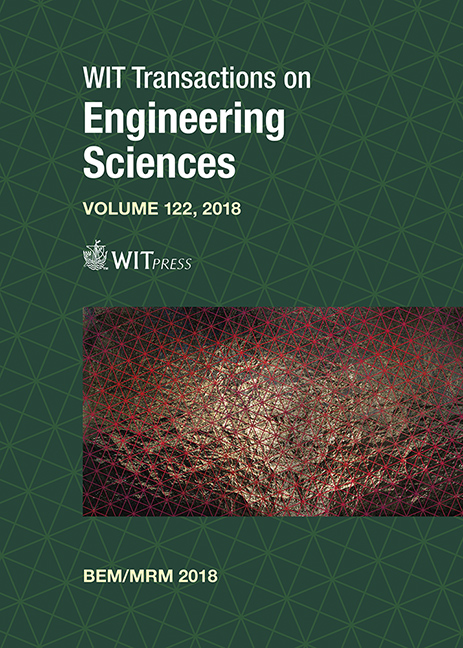MODELLING OF GROUNDING SYSTEM PLACED INTO VERTICALLY LAYERED SOIL
Price
Free (open access)
Transaction
Volume
122
Pages
12
Page Range
73 - 84
Published
2019
Paper DOI
10.2495/BE410071
Copyright
WIT Press
Author(s)
ADNAN MUJEZINOVIĆ, NEDIS DAUTBAŠIĆ, IRFAN TURKOVIĆ
Abstract
The main purpose of the substations grounding systems is to ensure integrity of substations equipment and safety of personnel in and outside of substation at the maximum fault currents. To meet safety requirements, grounding system should have a low as possible resistance. In order to achieve low resistance, grounding systems are designed in a way to achieve as large as possible contact surface between the grounding system conductors and the surrounding soil. On the other hand, cost – efficiency of the proposed solution must be taken into account. Therefore, to meet the technical criteria on the one hand and economic criteria on the other hand, grounding systems are composed from large number of horizontal, vertical and inclined galvanic connected unisolated conductors that in most practical cases form complex geometries. Additionally, soil in which grounding systems are placed is almost always composed of a number of layers with different electric conductivity. In this paper, numerical model based on the indirect boundary element method is presented for calculation of grounding system parameters placed into the vertically layered soil.
Keywords
grounding system, vertically layered soil, Fredholm’s integral equation of first kind, Green’s functions, Touch voltage, Step voltage





